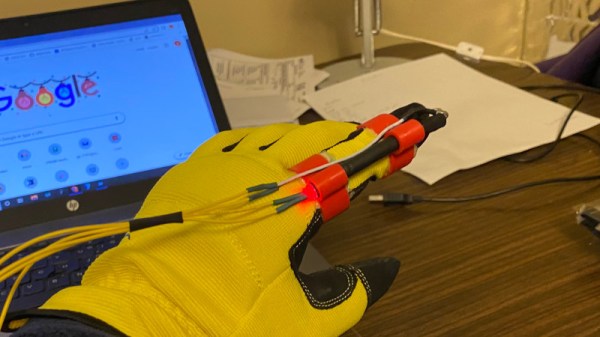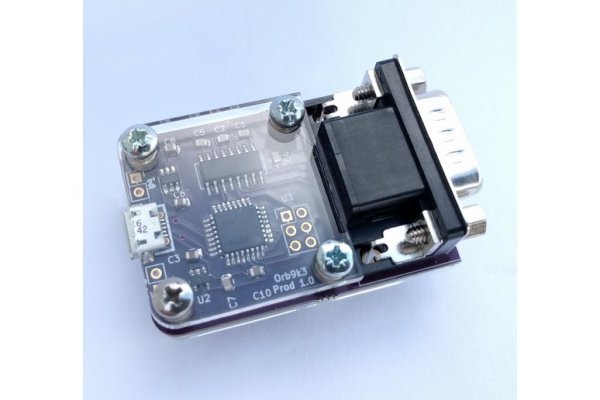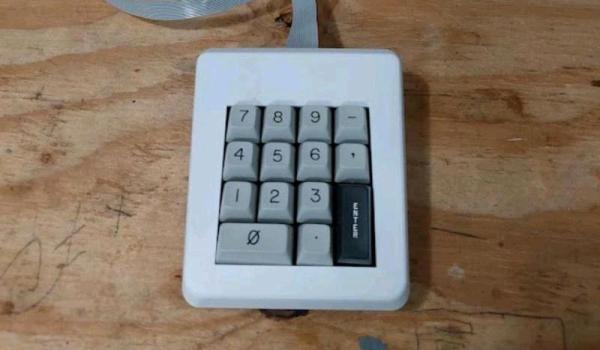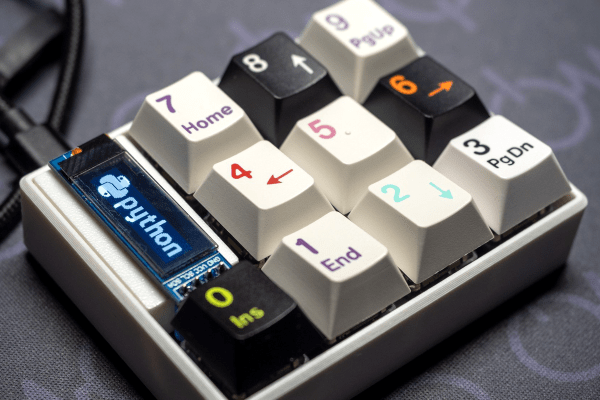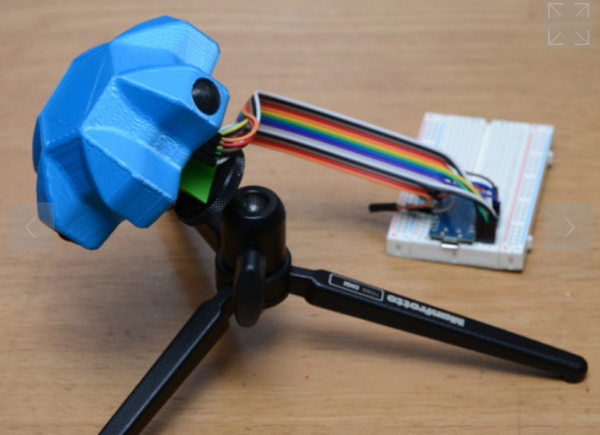When most of us think of glove controllers, the first which comes to mind is Nintendo’s PowerGlove, which promised much more than it delivered. But the idea persists, and from time to time we see them here at Hackaday. [Gord Payne] has one with an elegant sensor solution, it detects finger movement using a light dependent resistor.
The cleverest designs are those which are the simplest, and this one eschews complex mechanisms and exotic parts for a simple piece of flexible tube. At one end is an LED and at the other the LDR, and when attached to a glove it provides a finger sensor without the fuss. The amount of light reaching the LDR from the LED decreases as the pipe is bent, and with a simple divider circuit a voltage can be read by an Arduino. You can see it in action in the video below the break, where the glove flexing controls a servo.
Perhaps this might revitalize a bit of interest in glove controllers, something we probably don’t see too many of. Those Nintendo PowerGloves do still crop up from time to time though.
Continue reading “A Flex Sensor For A Glove Controller Using An LDR”

